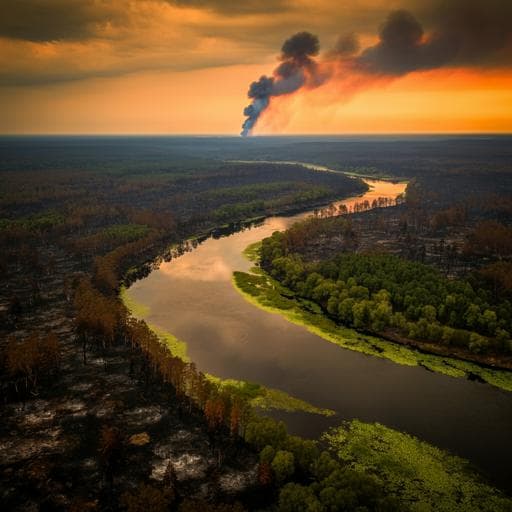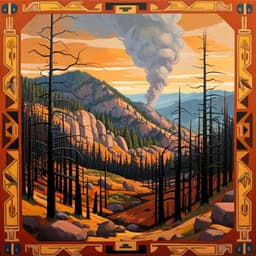
Environmental Studies and Forestry
Longitudinal propagation of aquatic disturbances following the largest wildfire recorded in New Mexico, USA
J. Nichols, E. Joseph, et al.
Explore the intriguing dynamics of wildfire disturbance propagation along fluvial networks, as uncovered by researchers Justin Nichols, Eric Joseph, Asmita Kaphle, Paige Tunby, Lina Rodríguez, Aashish Khandelwal, Justin Reale, Peter Regier, David J. Van Horn, and Ricardo González-Pinzón. This groundbreaking study, based on the historic Hermit's Peak-Calf Canyon Fire in New Mexico, reveals unexpected impacts on surface runoff and water quality that extend far downstream.
~3 min • Beginner • English
Related Publications
Explore these studies to deepen your understanding of the subject.







